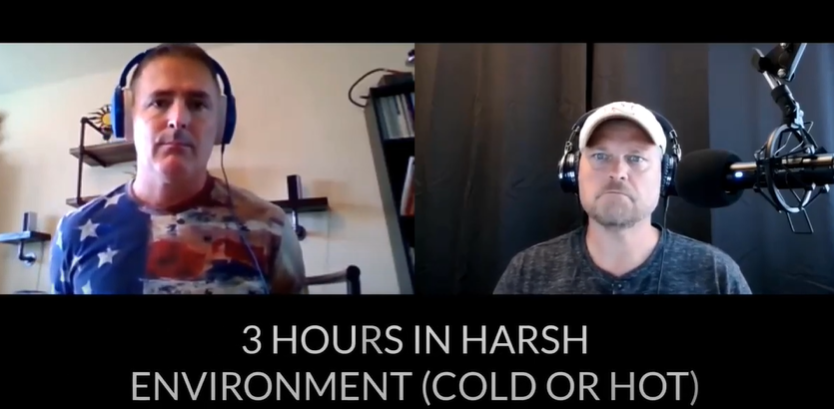Hello there again and welcome back to GenXTalkin…
In one of our recent shows we reviewed the several different types of bags one could build or buy to start the process of becoming more prepared. We thought we’d take some time in this episode to review some details of what goes into building a bag, and maybe even answer the question why.
Of course there could be a lot of bleed over between the several different types of kits, so lets consider some of the fundamentals. Within every kit, no matter the name or purpose, we should consider the survival rule of threes, and we’ll bring these up fairly regularly throughout the existence of this podcast.
- A person can survive 3 min without air
- 3 hours in a harsh environment, extreme hot or cold
- 3 days without water
- And 3 weeks without food
The reason we start from this framework is to establish a baseline of need for every situation no matter what it is.
AIR
So to keep it simple, we’ll start with air, and we’re not saying that within your everyday carry you should always have a world war 2 gas mask to protect against atomic or nuclear war. Because the vast majority of events one should protect against could be simply handled with a cloth face covering, like a Mission buff. But it is beneficial in many other cases, as we just experienced during covid, that N95 masks are the standard.
You know it’s amazing how many people were stuck in a “left-behind” kind of mindset when they couldn’t get their hands on just ONE of these N95 masks. It sure did cause stress for so many people.
It wouldn’t hurt to pop on over to your local hardware store and pick up one of those little packs of 3, 5 or even 10 masks for less than 20 bucks. During the covid supply shortage, these were selling OUT at 50 bucks EACH! Later, you can start to worry about the full-on Gas Masks for Nuclear War, eh?
HARSH CONDITIONS – SHELTER
Next up… Harsh conditions! What we’re mainly referring to is exposure to the elements. So this becomes more of an exercise of knowing your surroundings, and what is the likelihood you might be stuck in extreme conditions (again, this could be extreme cold, or extreme heat), without some form of protection. Basically, this comes down to shelter or personal protection. This could mean simply having an appropriate heavy coat, or an insulated bivvy sac in colder weather, if the possibility exists you could be stuck for extended periods of time.
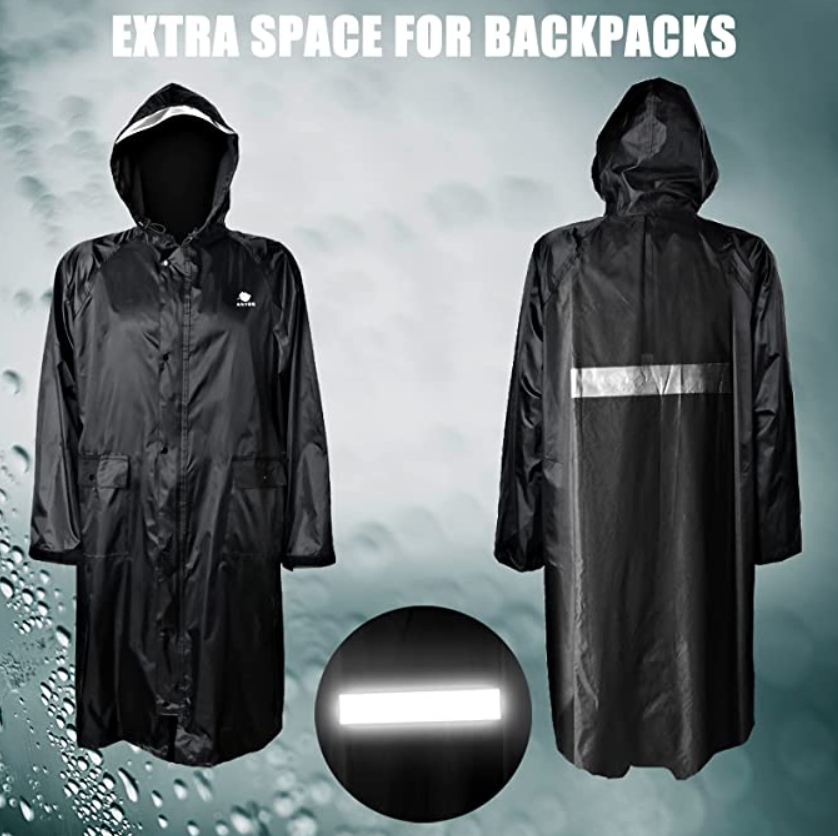
Or it could mean the ability to cover oneself to protect from the sun or other heat source in extreme heat. In many cases sunscreen and a packable umbrella might suffice. But it could mean stocking your kit with a tarp and poles to protect from heat in the hottest parts of the day.
When you start getting into preparedness, one of the best by-products is improving your ability to observe your surroundings and consider possible “worst-case” scenarios in your mind. And then try to work out how you might respond.
This is part of preparing a proper shelter or personal protection… what are some of the possible scenarios I might find myself in between work and home, or between the grocery store and home. Are we in the colder or warmer months. So you wind up changing the contents of your bags based upon potential scenarios.
We’ll ultimately wind up discussing this topic on a couple of other shows all by itself. But playing these scenarios in your mind gives you insight into what could happen and how you might react if they do. There is a reason flight attendants go through the emergency briefing at the beginning of each flight, right? This is to put it into the mind of the passengers this worst-case scenario, so that not EVERYONE freaks out, “in that unlikely event…”, as they say…
Here’s an exercise, and it may seem morbid, but the next time you’re in a grocery, or a department store, be thoughtful through your entire shopping trip. Consider the question… How would I react if an Active Assailant came into the store and started shooting? Do I have my kids and spouse with me? Where’s the closest exit (it’s not just for the movies). What would I do if someone was injured right in front of me? Would I run to, or away from the shooting?

I assure you the more you do this, the more comfortable you will be in any situation similar to this.
WATER
Let’s talk about water, probably the most important area to focus on. But first, we’ll dispel a couple of myths right off the bat.
Myth #1 – To store a bunch of water, I can just fill up a bunch of 2 liter bottles right? Although in an emergency situation in which you think the water system may fail, yes, an effective short term way to collect water is to find any and all containers you have (pots, pans, bathtubs) and fill them with good water. But for long term storage it’s just a bit more complex. Water can “go bad” if it sits for too long without some type of treatment. So if you choose to store your own water, you’ll want to add a few drops of bleach into a 2 liter bottle which will keep the nasties from forming inside the bottle.
Myth #2 – Water lasts forever. Not exactly. If not stored properly, different particles can get into the bottles and make it taste bad, and possibly allow some nasty growths to form inside the bottle making the water non-potable.
Myth #3 – Water weighs 8 pounds per gallon… Not a myth. This is true, and the point here is water can weigh a TON, and can take up a lot of space! Which leads to the main points of water in our preparedness bags.
Water Filtration and Water Purification.
These are two areas that are highly important when planning your bag.
Put technically, Water filtration is the process of removing or reducing the concentration of particulate matter, including suspended particles, parasites, bacteria, algae, viruses, and fungi, as well as other undesirable chemical and biological contaminants from contaminated water to produce safe and clean water for a specific purpose, such as drinking, medical, and pharmaceutical applications.
So this process takes particles from water in an effort to make it drinkable. Adding some form of filtration to a bag will always be a smart move.
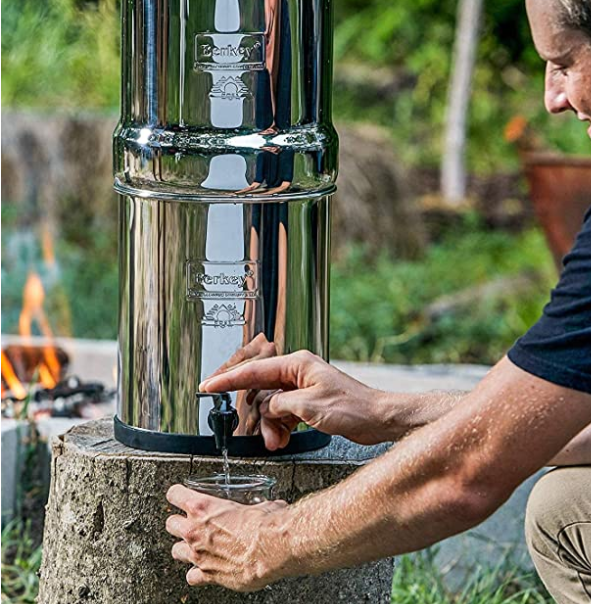
But one often forgotten area of water preparedness is purification. Like water filters, water purifiers work to remove impurities from water. However, water purifiers focus on killing biological contaminating agents in water with the help of either iodine or chlorine. There are several different ways purification can be accomplished, but simply using iodine tablets will work for the purpose of our bug out bags.
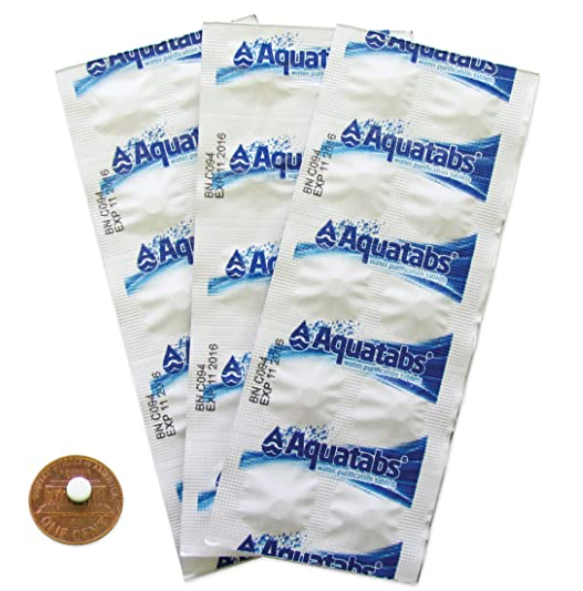
FOOD
Here we are with our final breakout for the survival rule of threes, FOOD. The simplest and most effective way to include food… well, lets call it, nutrition… is including emergency rations. I like to think of these little bars as wafers of waybread from the Hobbit Shire!
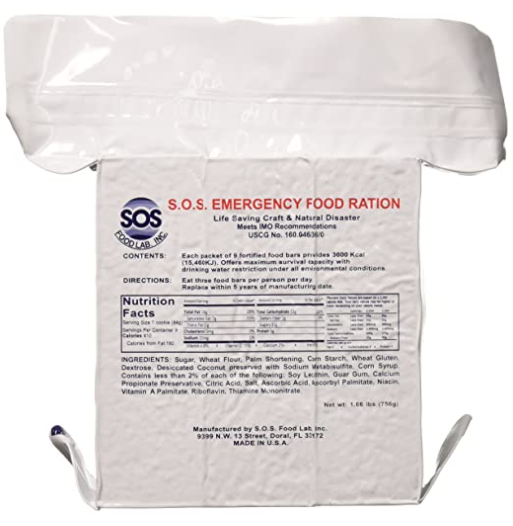
PARTING SHOTS
– Subscribe to this podcast to get more information and regular reviews of different items that we put in our kits and you could put in yours as well
If you like what we’re discussing, please dont forget smash that like button, hit the bell, tweet and retweet about it, share on your favorite social media. You can find us on most platforms at GENXTALKIN.
To find more content as it comes out, check out podcast.genxtalkin.com, or look for us on spotify, amazon music, iheart radio or just about anywhere you search for a podcast.
We hope you enjoy, and we’ll see you next time
AUDIO ONLY VERSION AVAILABLE BELOW…

